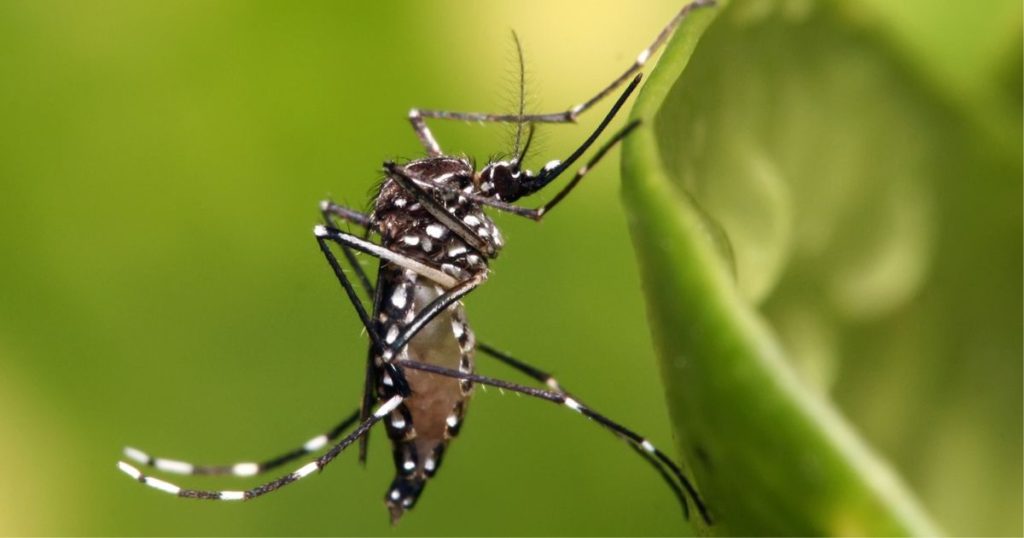Medical Officer of Health for Westmoreland, Dr Marcia Graham, has informed that the Aedes index in the parish has decreased.
“As at mid-December, our Aedes index was down to 4.8 per cent. Once you are below five per cent, then you significantly decrease the risk of having vector-borne diseases, so we are doing well,”
she said.
The Aedes index refers to the percentage of premises or homes in a limited, well-defined space, where actual breeding of Aedes aegypti is found and the total number of houses examined in that area.
“We are also in the period of the year when you have interruptions in water supply, you also have less rainfall and so safe storage of water has to be maintained if we are going to [keep] these indices low, [so] that we do not have to be worrying about dengue, gastroenteritis and other related diseases while we try to put an even bigger dent into COVID-19,”
Dr Graham said.
Persons are encouraged to employ preventative measures, such as installing mosquito nets over beds, wearing long-sleeved shirts and pants outdoors, using mosquito repellant containing DEET on skin and clothing , close windows before nightfall, open windows during fogging and regularly changing the water in animal and pet containers.
The Aedes aegypti mosquito is responsible for the spread of the dengue fever, Zika and chikungunya viruses.
Symptoms of dengue include sudden onset of high fever with severe headache, fatigue, pain behind the eyes, muscle, bone or joint pain, skin rash, swollen glands and vomiting or feeling nauseous.
Its more severe form, called dengue haemorrhagic fever, can also cause haemorrhaging, a sudden drop in blood pressure, and death.
Persons are encouraged to get treatment promptly when symptoms appear to prevent progression of the disease.




